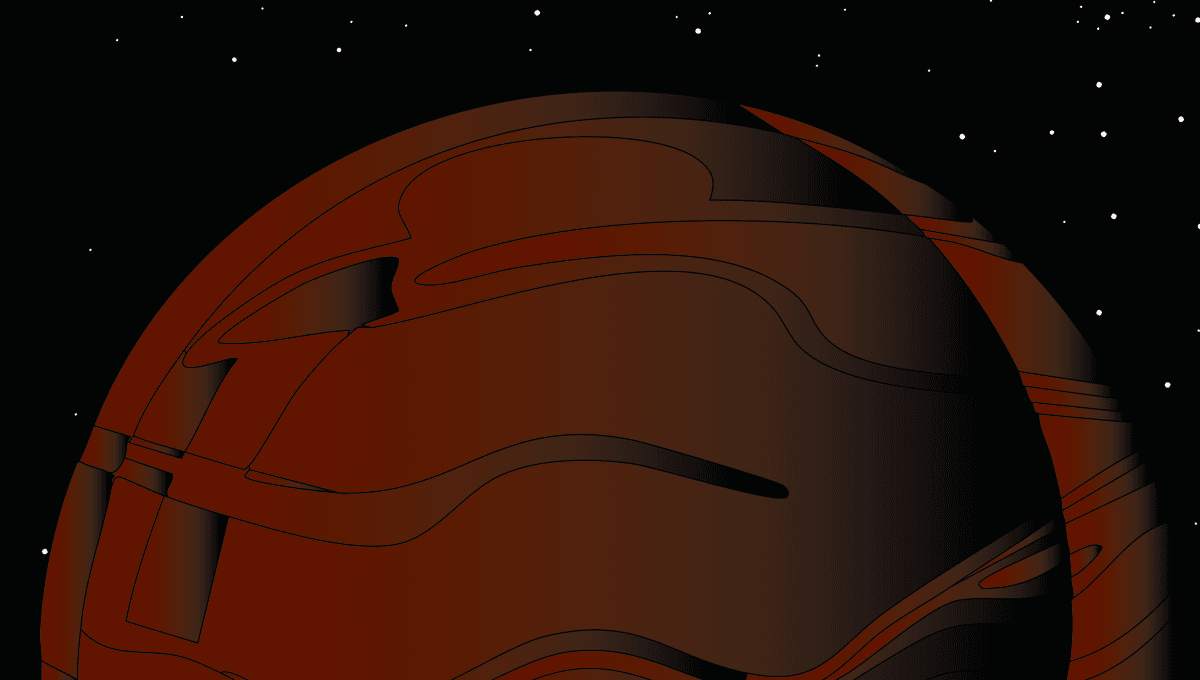-
Fil d’actualités
- EXPLORER
-
Pages
-
Blogs
-
Forums
Proposed “Dark Dwarfs” Near The Galactic Center Could Reveal The Nature Of Dark Matter

Proposed “Dark Dwarfs” Near The Galactic Center Could Reveal The Nature Of Dark Matter
The way to find the darkness could be to look for the light. It might be a Zen, but the statement is also the latest proposal to find the nature of dark matter. The authors think that objects powered by dark matter could be small but detectable sources of light near the center of the galaxy. If so, finding them could be key to finally resolving what dark matter is.
The movements of stars and galaxies reveal the presence of gravitational forces far too large to come from the matter we can see. Determining the nature of the “dark matter” we haven’t accounted for is one of the great unfulfilled quests of the last half century. Among the many proposals, WIMPS (Weakly Interacting Massive Particles) may be the most prominent. Precisely because of their weak interactions with ordinary matter, WIMPS would be very hard to detect, so despite being one of the earliest explanations proposed, and therefore hunted for, they have yet to be found. Dark matter is thought to be clustered near the center of the galaxy – being subject to gravitational forces makes it almost inevitable that’s where it will be most abundant. If WIMPS make up a large proportion of dark matter, that means they will concentrate there to a point where they behave differently from places where they are more dispersed. One such distinctive behavior could be in causing objects that would be brown dwarfs elsewhere to light up. "Dark matter interacts gravitationally, so it could be captured by stars and accumulate inside them. If that happens, it might also interact with itself and annihilate, releasing energy that heats the star," said Dr Jeremy Sakstein of the University of Hawai’i in a statement. Dark matter supercharging a star is hard to detect, however. The star is already bright, so it is hard to tell if it is hotter and brighter because of dark matter. On the other hand, brown dwarfs, objects with 1.2-8 percent of the Sun’s mass, don’t have enough gravitational force to initiate fusion in ordinary hydrogen. They glow faintly through a combination of heat from their formation and the fusion of much rarer deuterium, which can occur at lower pressures than ordinary hydrogen. Out between the unfashionable spiral arms of the galaxy, brown dwarfs probably collect a little dark matter, but not enough to make a difference. Near the galactic center, Sakstein and co-authors on a new paper think, things could work differently. "The more dark matter you have around, the more you can capture," Sakstein said. "And the more dark matter ends up inside the star, the more energy will be produced through its annihilation." Thus, what would be a brown dwarf elsewhere becomes what the team call a “Dark Dwarf”, which ironically is not dark, because that energy comes out as light. The idea only works if dark matter is composed of WIMPS, or something quite similar, rather than explanations such as sterile neutrinos, axions, and a variety of other proposals. So if we find a dark dwarf, we have instantly narrowed the dark matter search down dramatically. Finding such an object would not be easy. Any dark dwarfs would be far away, in a region hidden by dust and crowded with other objects. Worse still, they wouldn’t look very different from ordinary stars. Nevertheless, Sakstein said, "There were a few markers, but we suggested Lithium-7 because it would really be a unique effect.” Lithium-7 is easily fused within ordinary stars. Consequently, only the youngest stars have noticeable amounts. However, only the heavier dark dwarfs would burn lithium-7, assuming they operate as we would expect. That means that while the heavier dark dwarfs would look like curiously bright red dwarfs, a lower mass population should exist that can be distinguished by the presence of lithium-7. Therefore, if lithium-7 was detected in what appear to be stars near the galactic center, the most likely explanation is that these would be dark dwarfs, and the region is awash with WIMPS. JWST might be able to detect lithium-7 in an individual object at the galactic center, but the authors also propose a statistical test using other telescopes that are in less frantic demand. Hopefully, before they wake a Balrog. The study is published in the Journal of Cosmology and Astroparticle Physics and a preprint is available on arXiv.


